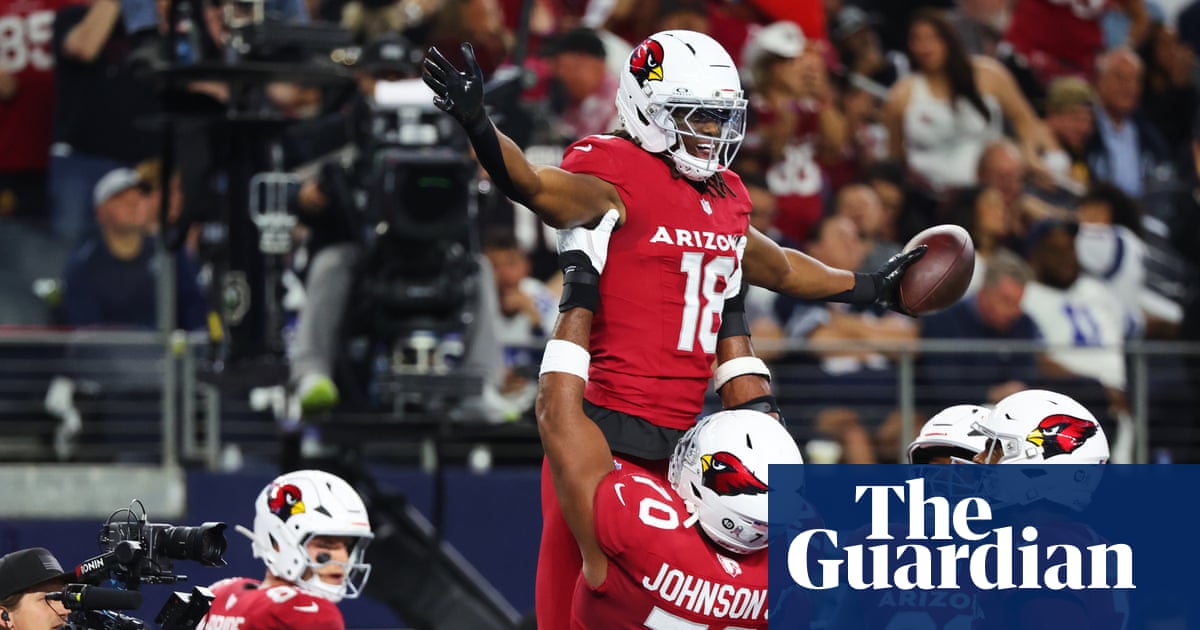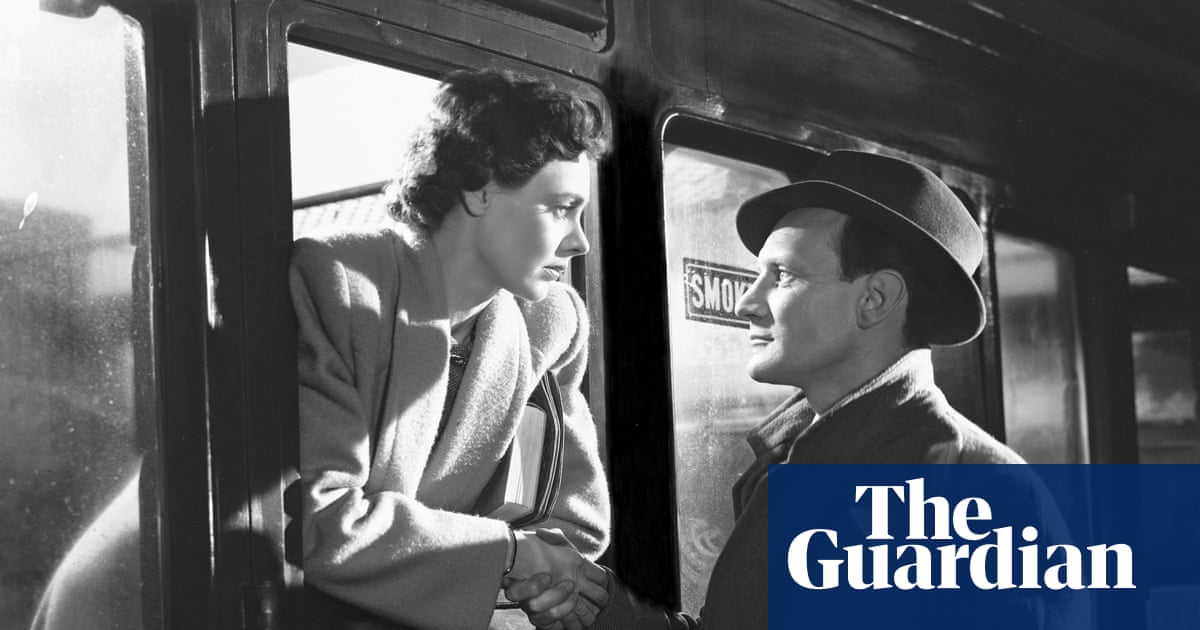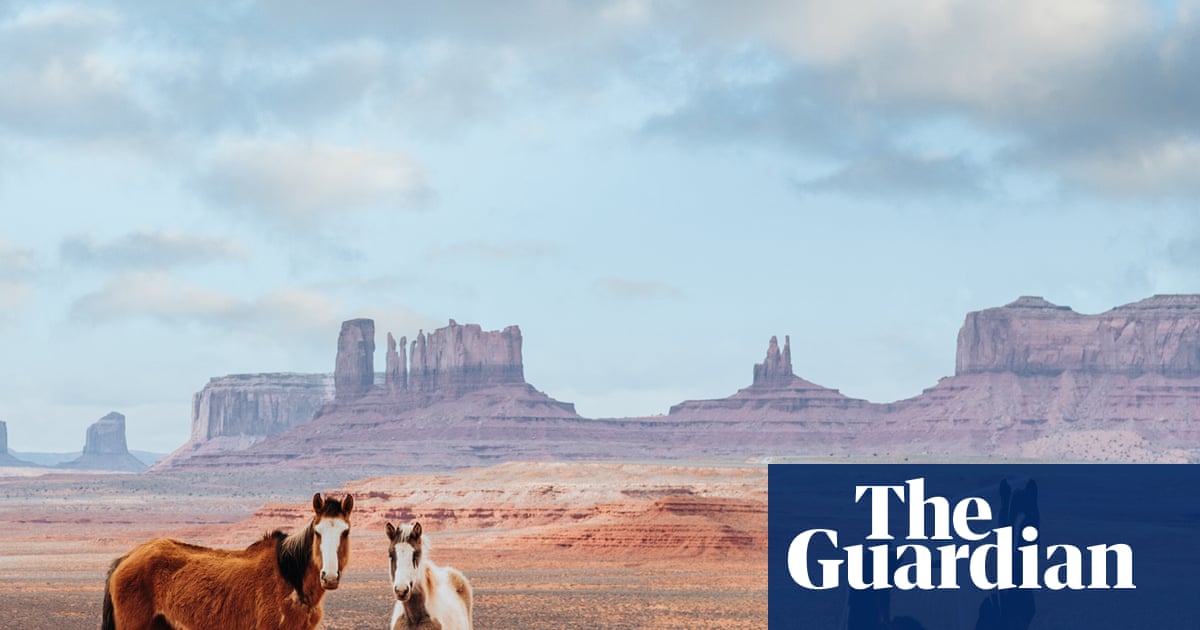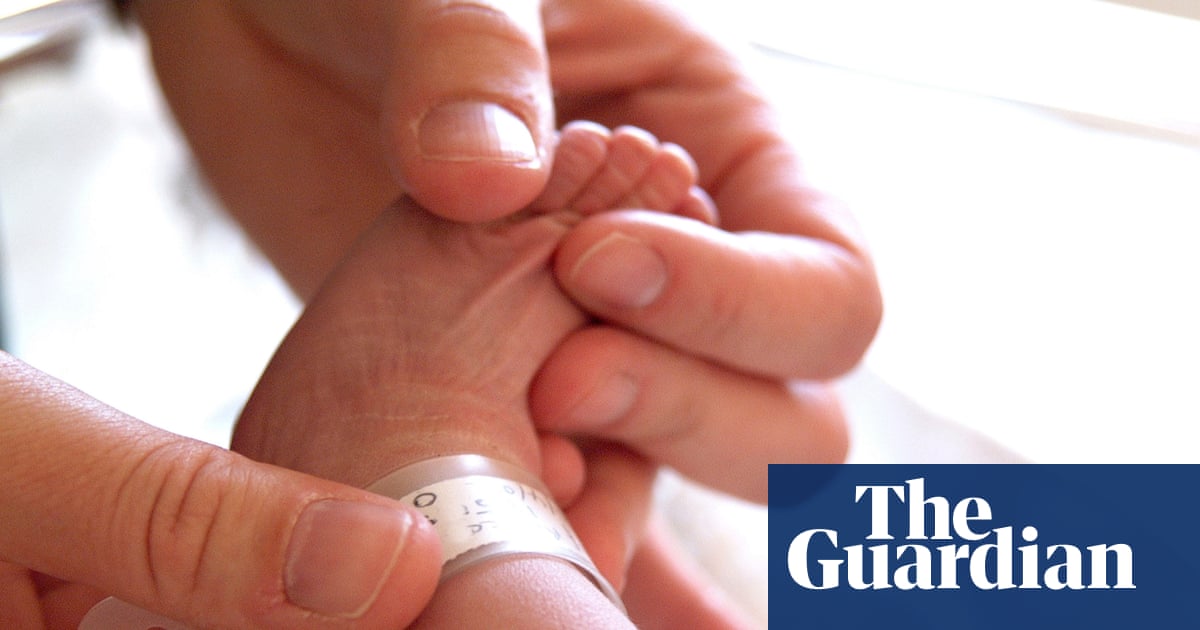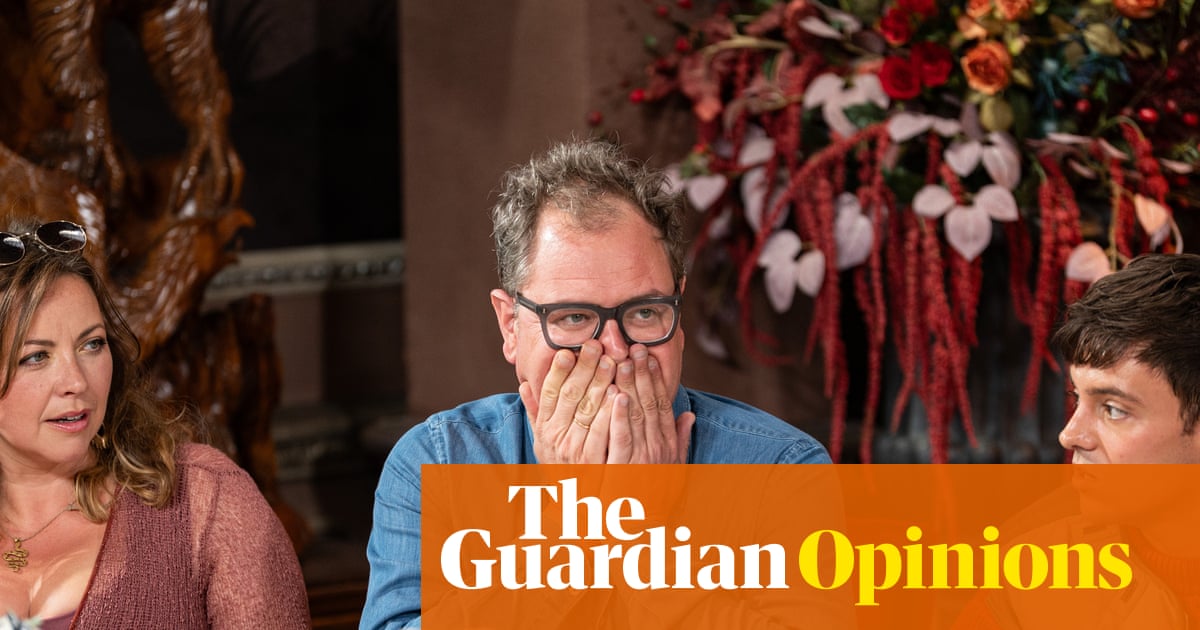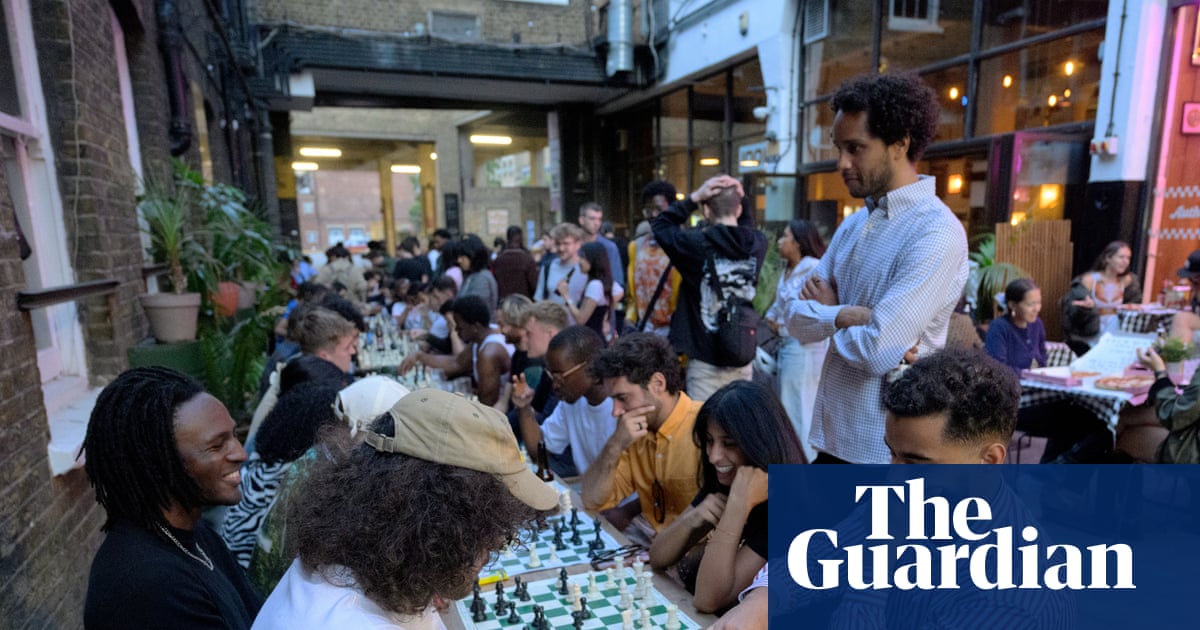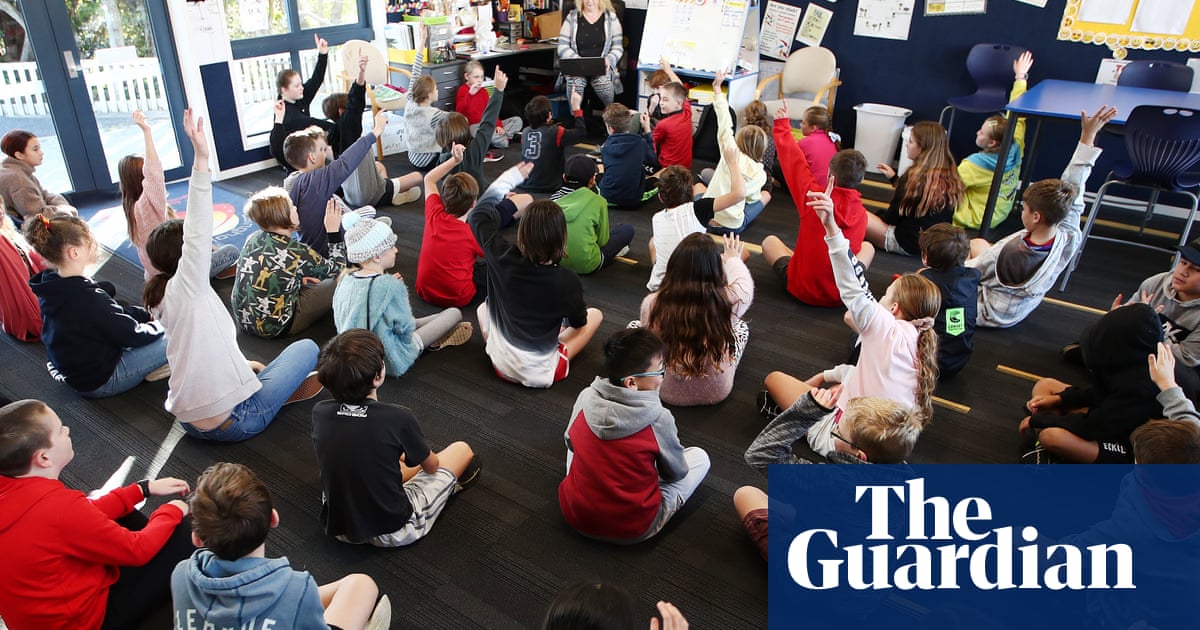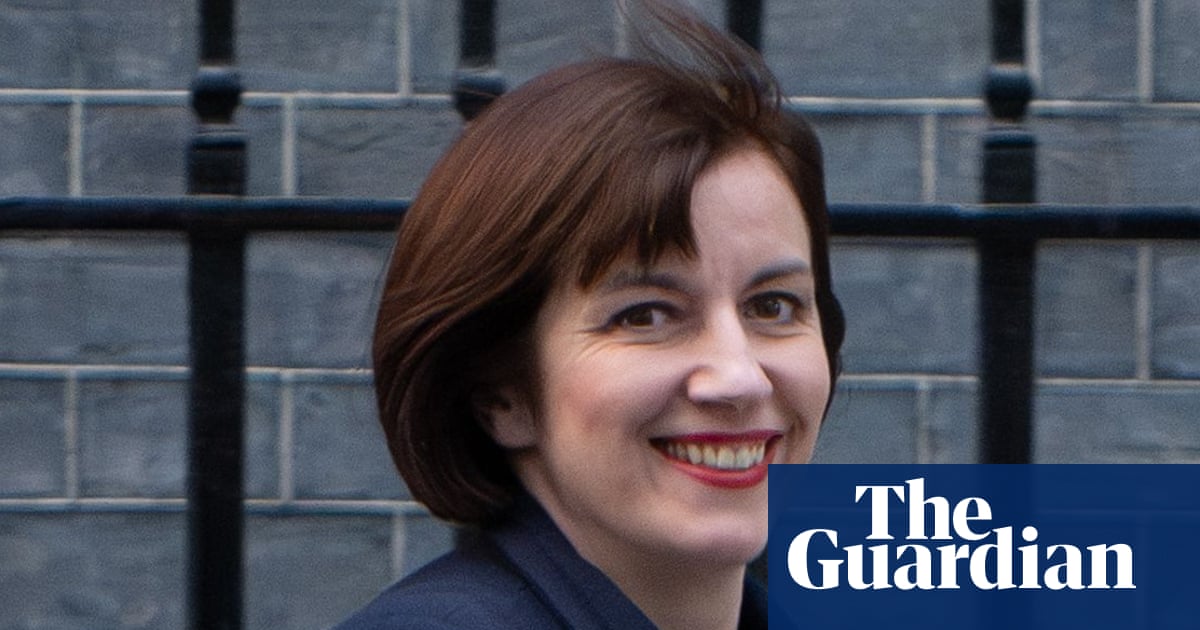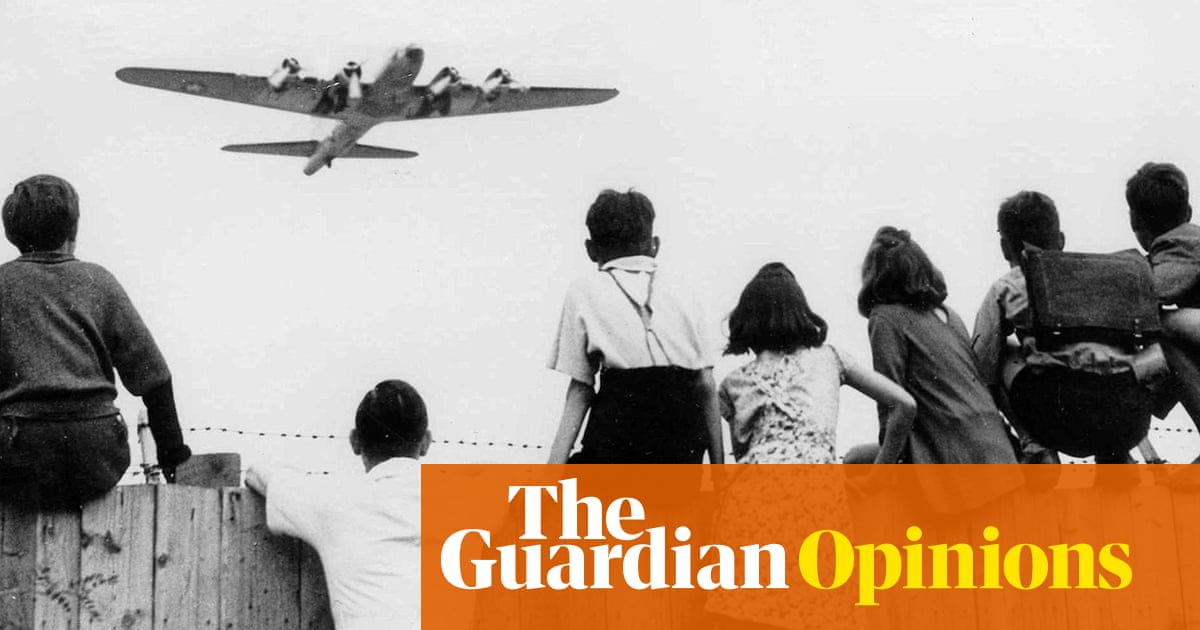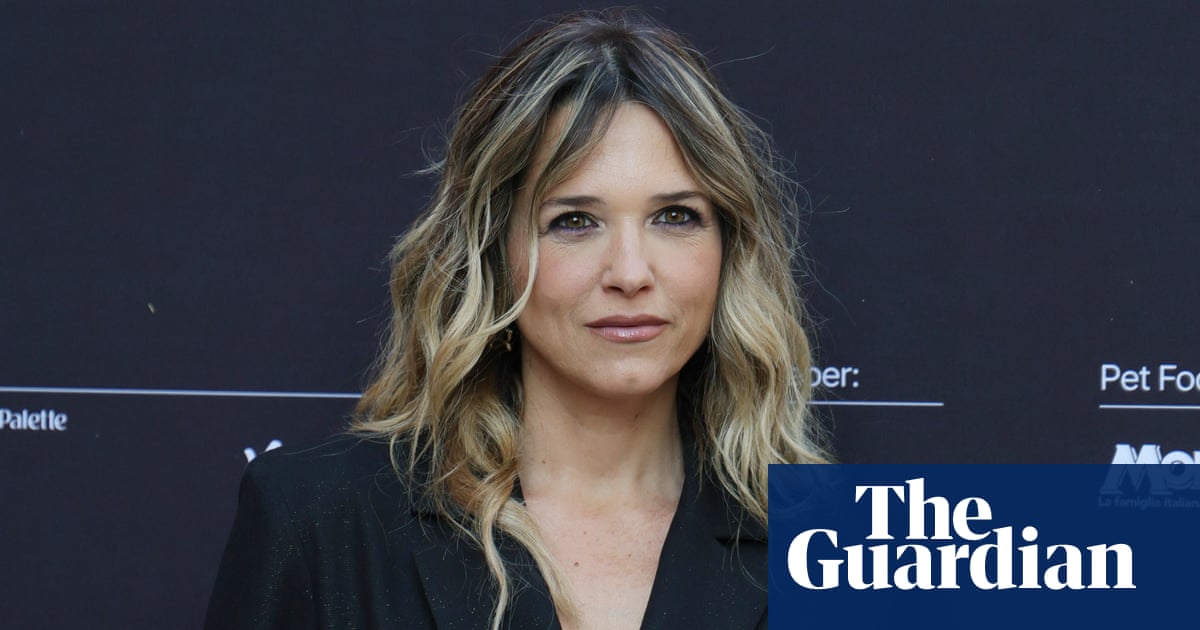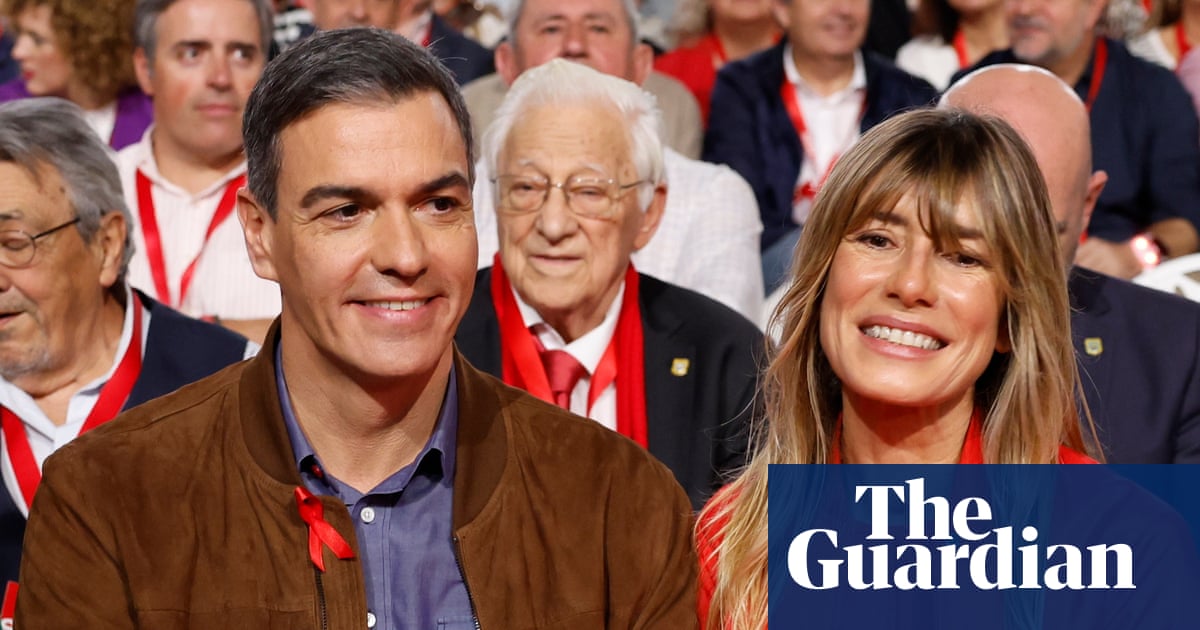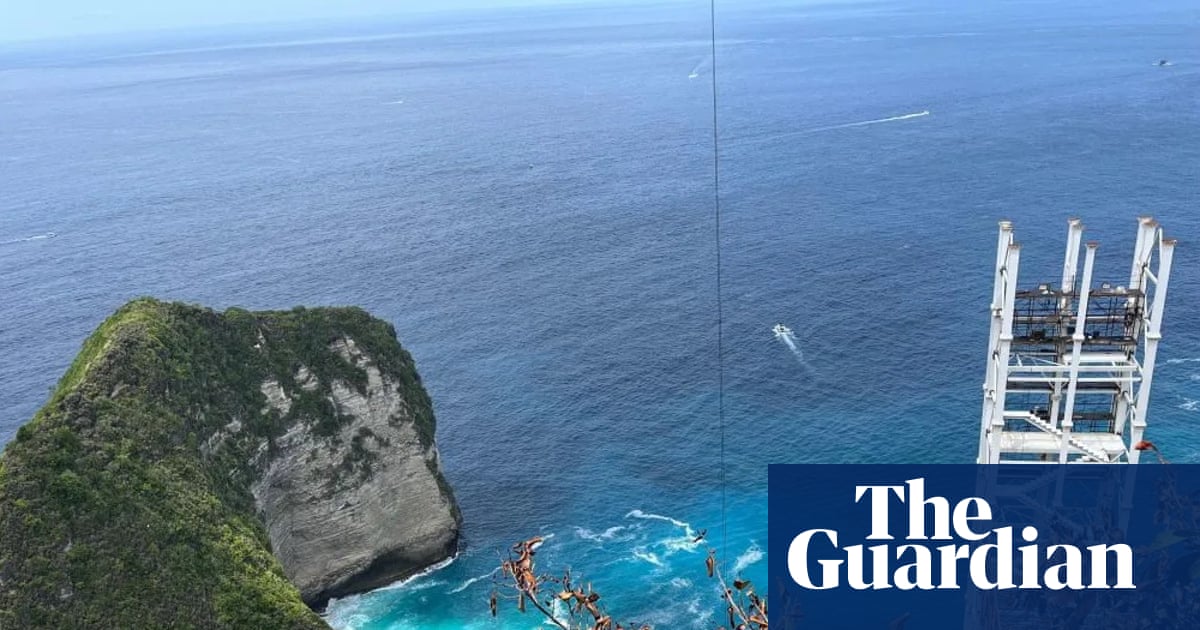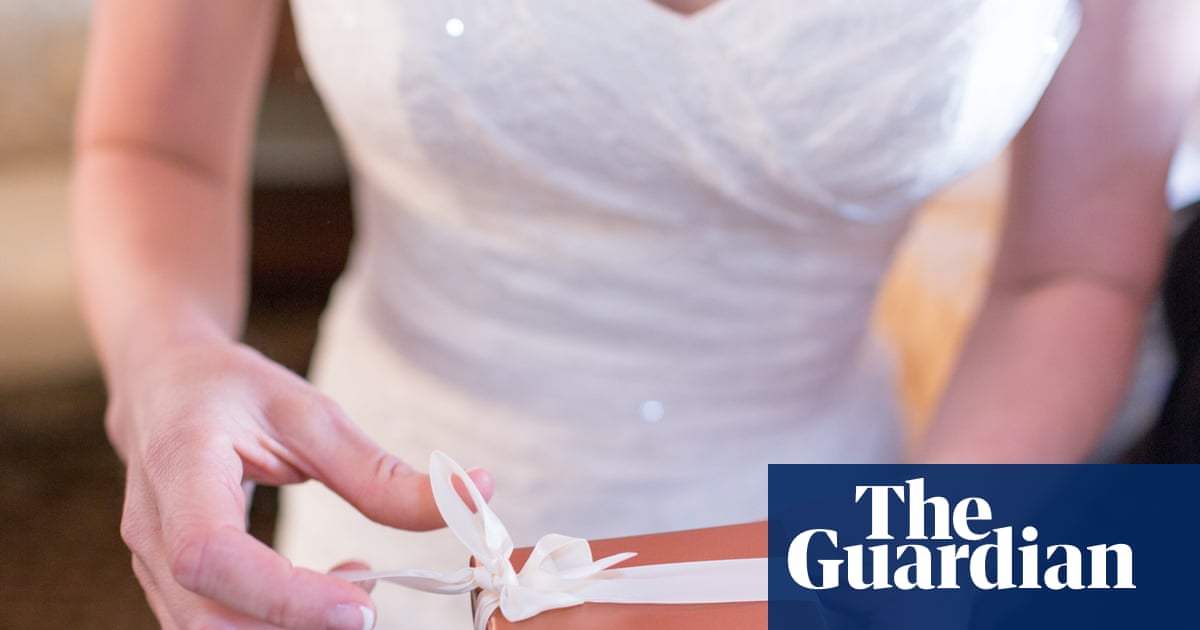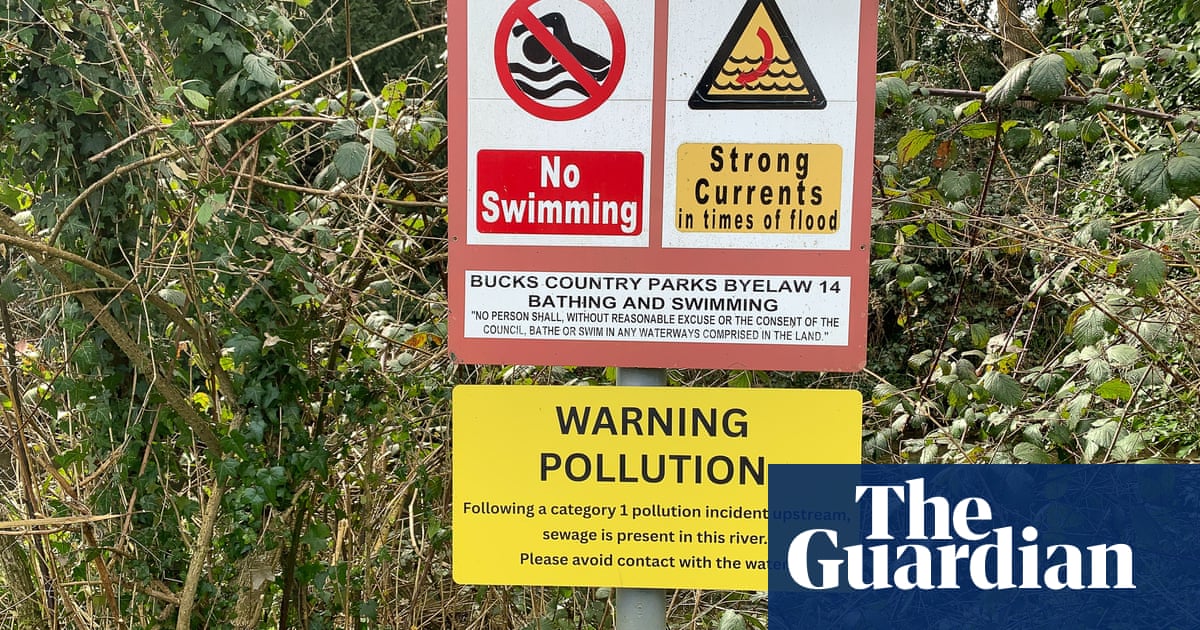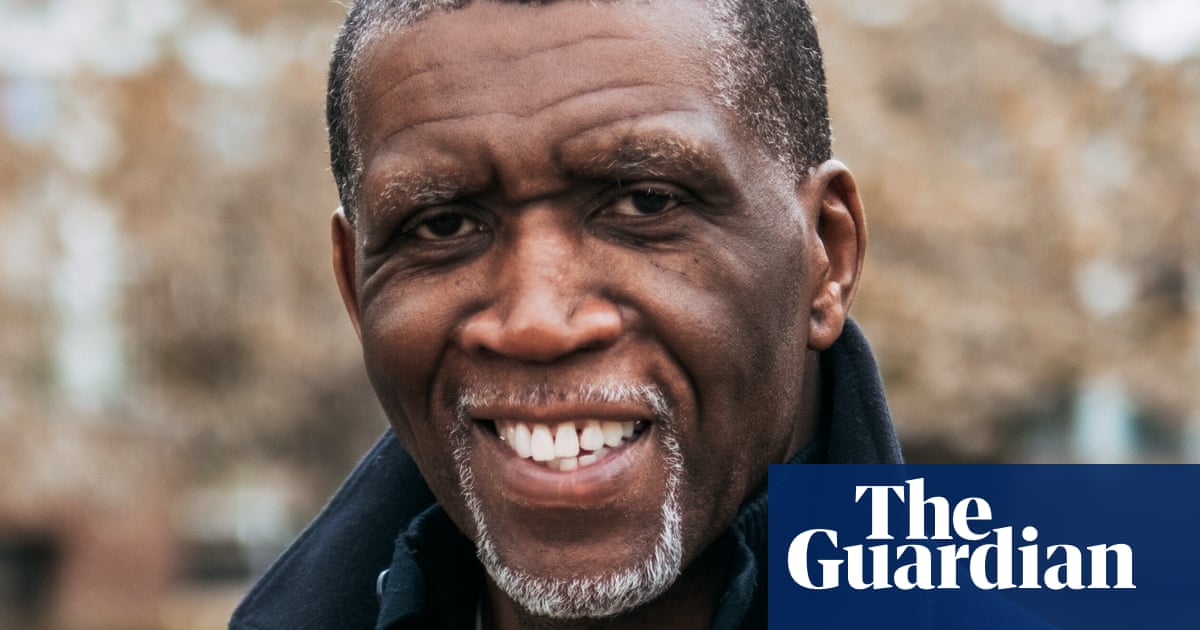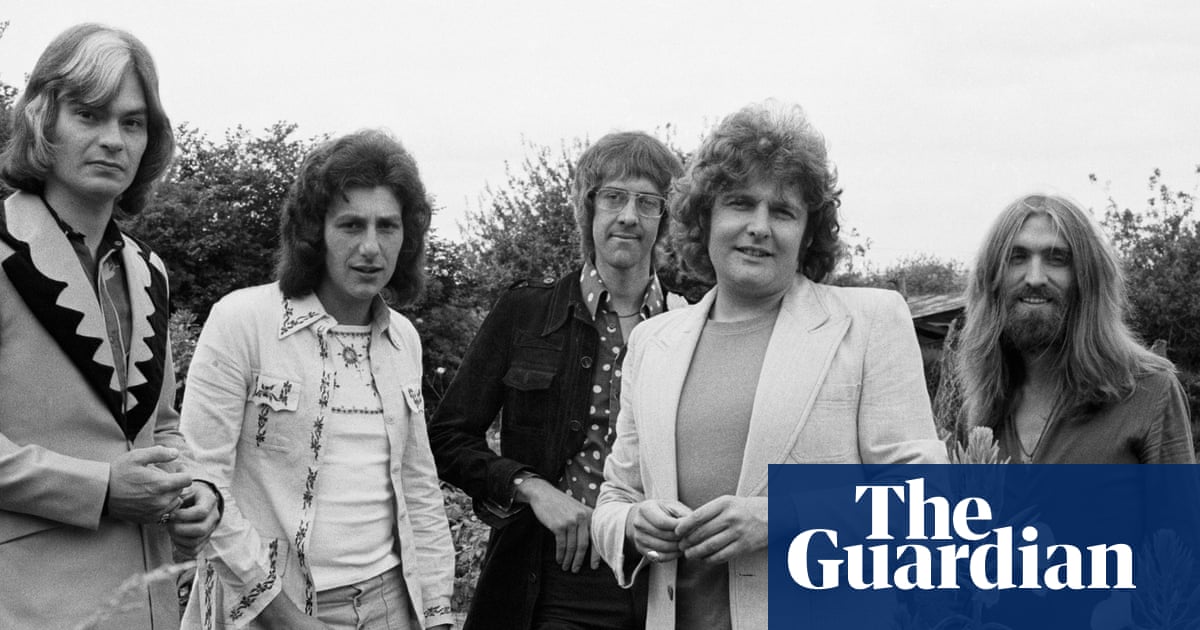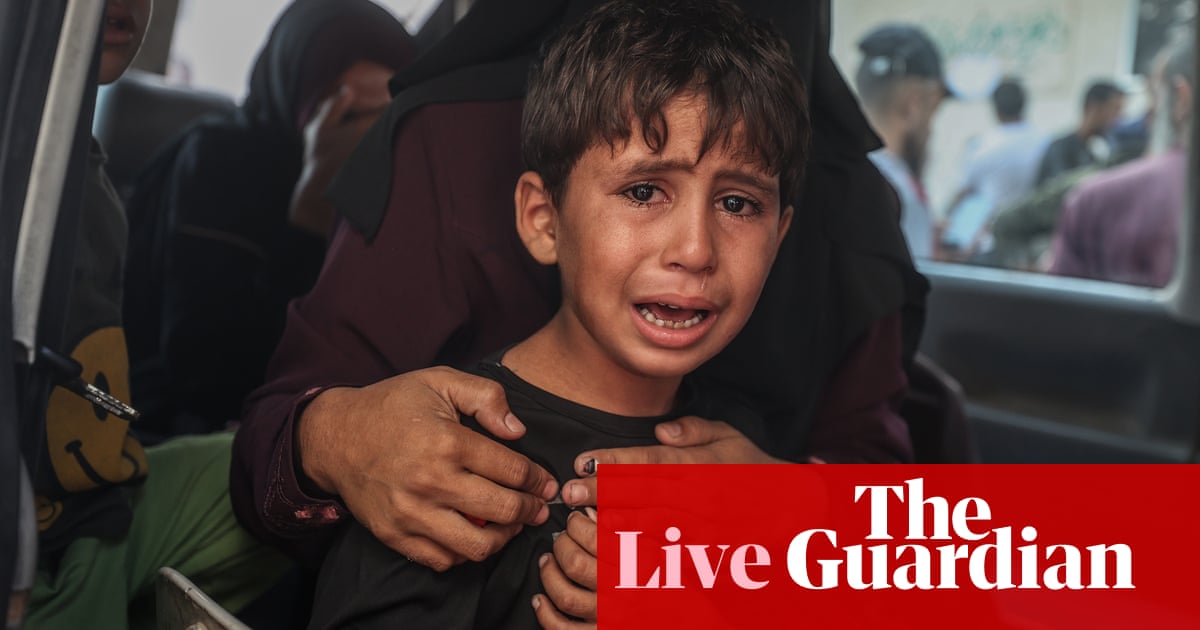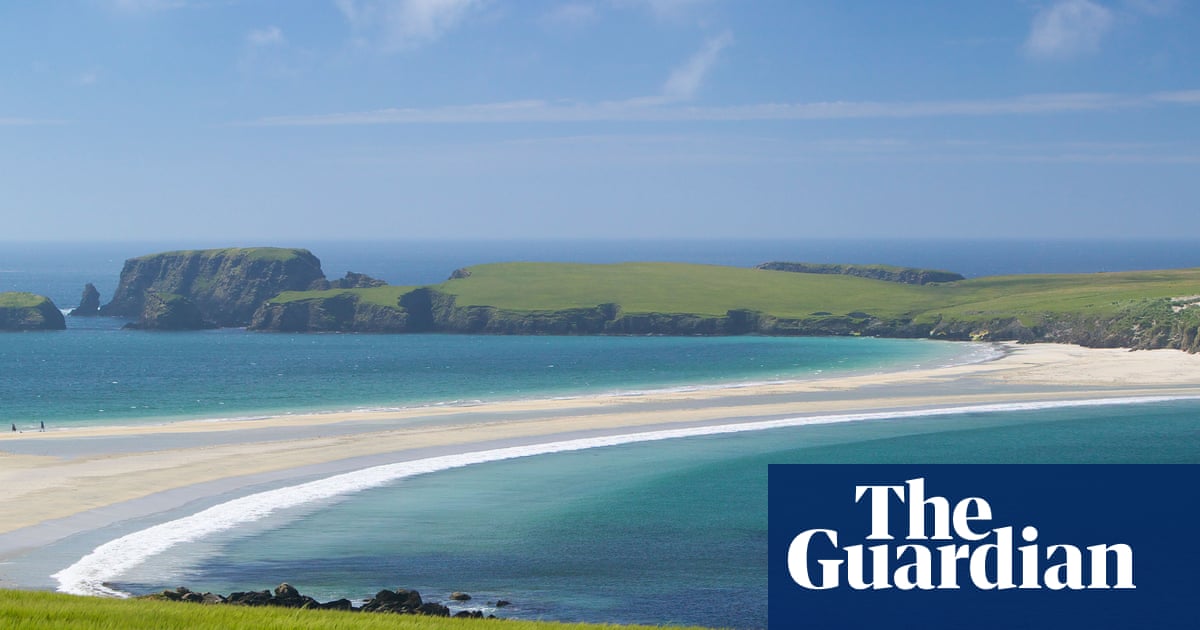David Attenborough’s new BBC series Kingdom has broken ground by using elements from TV dramas, such as cliffhangers and drone and moving-camera shots, to immerse viewers “into the action” like the hit Netflix drama Adolescence did.
Since the advent of streaming services, there has been an increase in natural history TV shows thanks to the worldwide appeal of the genre popularised by Attenborough and the renowned BBC Studios natural history unit (NHU).
From Apple TV’s nature adventure series The Wild Ones to the Ryan Reynolds-voiced Underdogs on Disney+ and National Geographic, natural history programmes are big business, but they are having to evolve in a crowded market.
Kingdom follows four families of lions, leopards, wild dogs and hyenas living by a river in Zambia to document, for the first time, how their interactions impact one another after a pack of wild dogs arrive in the territory.
The producers claim the six-part series sets a new “gold standard” in filming – following the action closer by switching between moving cameras and tiny “flying cinematographer” camera drones, which animals don’t notice as much as human camera operators.
Felicity Lanchester, the series producer, said when drones first came out, film-makers thought they were ideal for replacing helicopters to get aerial shots, but as they have become smaller and quieter and crew more skilled at flying them “they’ve become a way to get intimate footage”.
She explained: “You can fly them along the shoulders of wild dogs and it feels like you’re really running and weaving through the landscapes as they weave through the land and places where [people] can’t follow.”
Lanchester said the NHU team flew the drones “to stay with the animals” while cameras on vehicles moved around to try to predict where the creatures were going to “pop out”, thus enabling continuous filming of the action.
Although it was filmed before Adolescence came out, the executive producer Mike Gunton agreed the mix between drones and moving cameras creates the immersive experience enjoyed by viewers of the Jack Thorne and Stephen Graham drama.
Gunton said: “It’s a really important part of the look; we’ve used the technology to conceal our work, in a way. I hope people go, ‘God, that’s a cool shot’. But that’s not the aim. The aim is to put you right in the action. Subliminally … I think the reason why so much drama has moving cameras is because it makes you feel like you’re on set.
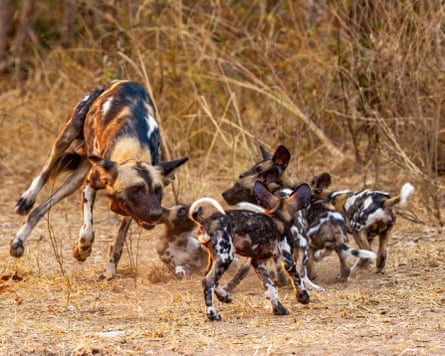
“So this is trying to get the same approach. The team has taken this to a new level. I think this will now be the kind of gold standard.”
The drama between the four species was so Shakespearean, with the fortunes of one species affecting another as they vied for territory and food on what Gunton called “the main stage” of the filming area, that BBC Studios decided to end episodes on a cliffhanger – hooking viewers into the next instalment.
During the five years of filming – the longest the NHU has ever shot in one place – the four species were followed by their own team of crew, who had a “leaderboard” of which group was doing best, but series editor Simon Blakeney said the NHU was determined “there were no villains” as all the creatures’ existences are intertwined.
The “cast” of animals were also given names and interactions were filmed that not only reflect the enduring fight between cats and dogs but also create empathy – including what the producer of Team Wild Dogs, Anna Place, called an “incredibly emotional” story about dogs’ social bonds featuring a three-legged hound called Flint.
Other innovations included new light-sensitive cameras allowing an hour extra of filming each day and an entirely solar-powered base camp.
The crew endured hardships during the shoot, including their bathroom being wrecked by elephants, a producer being chased by a loo brush-brandishing baboon and a cobra and crocodile invading tents.
Gunton said 99-year-old Attenborough’s narration helps “reassure you that it will be all right in the end”. But, “what David liked about it was that it is an ecology. One of the things that I think appealed to [him] when we talked about it, is we haven’t ever really [before] been able to show animals literally … in the same environment in a sequence … actually interacting and causing some change in the fortunes of one of the other ones.”
“That’s the key; these animals don’t live in isolation … they can’t escape the impact of the other creatures. There’s this ecological connection.”

.png) 7 hours ago
6
7 hours ago
6
